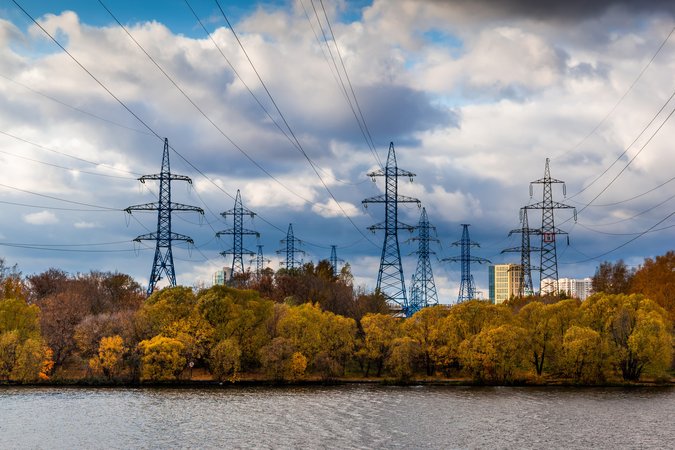Long-Term Risks and Short-Term Regulations: Modeling the Transition from Enhanced Oil Recovery to Geologic Carbon Sequestration
DownloadRecent policy debates suggest that geologic carbon sequestration (GS) will play an important role in any carbon-constrained future. As GS evolves from its current role as an end-stage process withinenhanced oil recovery (EOR) operations to a long-term, dedicated emissions mitigation option, regulations must simultaneously evolve to address the risks of potential carbon dioxide (CO2) migrationunderground and leakage to the surface. Because CO2 injection practices are currently based on petroleum industry extraction techniques, risk assessment and regulatory frameworks are also derived from these experiences, and EOR serves as a critical point of departure for GS. In this paper, we develop a basicengineering–economic model of four strategies associated with key deployment pathways in the portfolio of EOR and GS projects: (a) an indifferent strategy, where EOR is the priority without any consideration for long-term sequestration, (b) an afterthought strategy, where EOR is the primary goal, and a site is latersecured for sequestration, (c) a planned strategy, where oil extraction and CO2 injection are co-optimized from the start, and (d) a dedicated strategy, where GS is the sole priority. We evaluate these strategies based on scenarios of oil and CO2 prices; leakage estimates; and transportation, injection, and monitoring costs from the literature and practice. Major results reveal that the afterthought strategy is the dominant strategy (i.e. the strategy with the greatest revenues) under a range of scenarios. This finding suggests that GS regulatory design needs to anticipate the use of the potentially leakiest or “worst” sites first.
Authors

Alexander Bandza

Shalini Vajjhala


